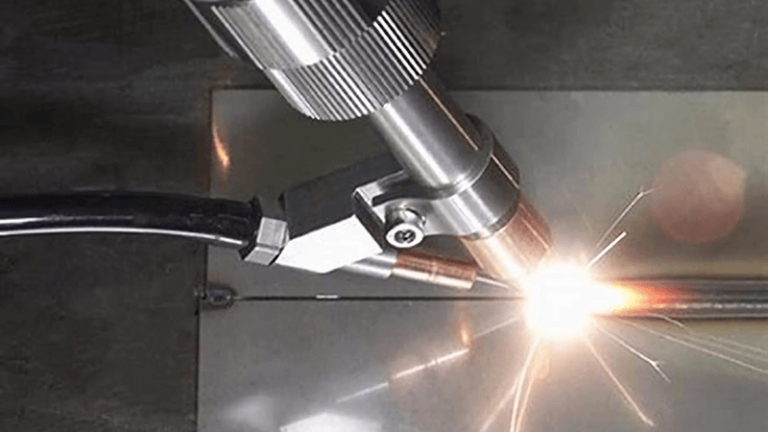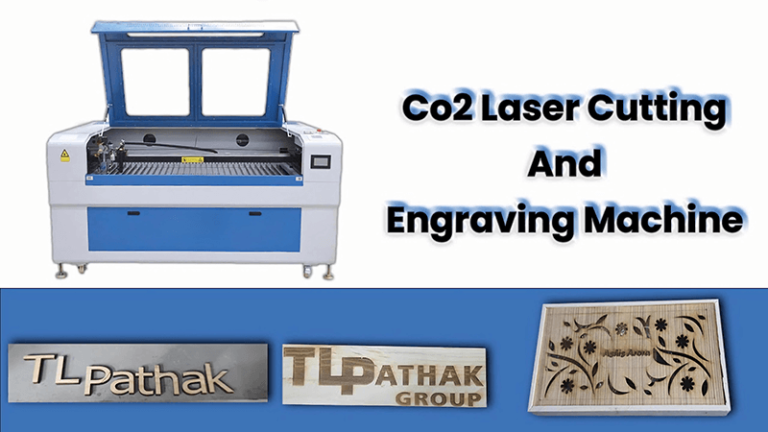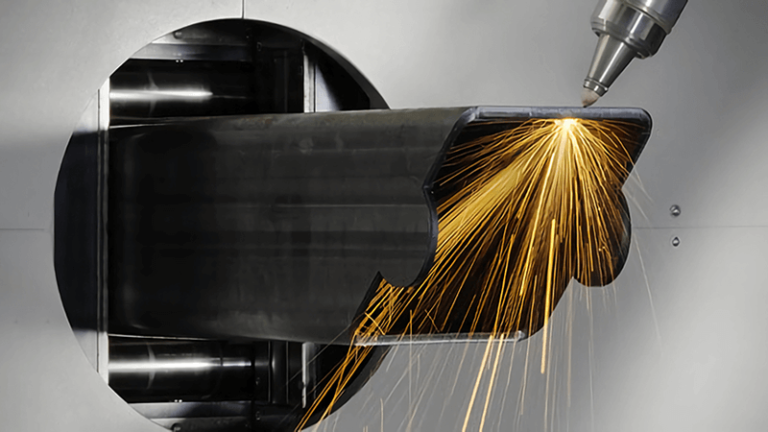If you're stuck searching for a reliable, powerful, and easy-to-use fiber laser welding machine, you're not alone. Many procurement managers and fabricators face the same challenge: finding the right supplier they can trust.
You can buy a fiber laser welding machine from Kirin Laser—an OEM manufacturer offering high-performance, cost-effective machines tailored for industrial welding applications.
Most people only start researching laser welders after a failed MIG or TIG job—or when training new staff becomes a bottleneck. I’ve been there. That’s why I trust in fiber laser welding: fast, precise, and low-maintenance. Let's take a closer look at why it's becoming the go-to option.
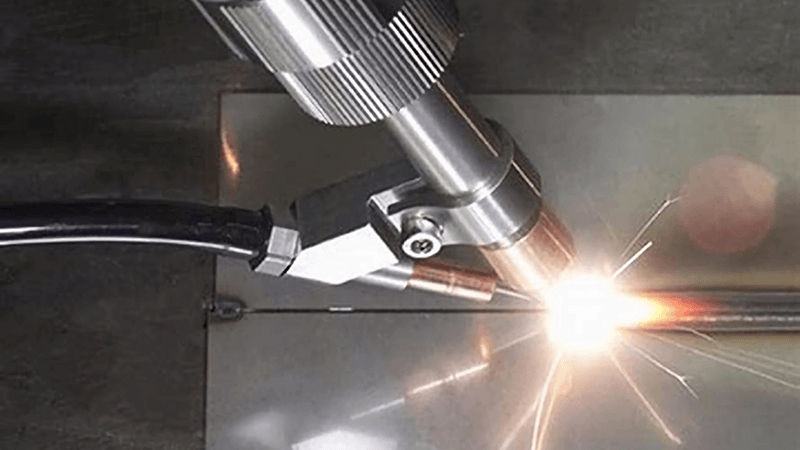
Can you weld with a fiber laser?
For years, traditional welding dominated the shop floor. But they come with problems: smoke, low precision, and high labor dependency. Fiber laser welding solves these issues fast.
Yes, you can weld with a fiber laser. In fact, it produces high-strength, clean welds on stainless steel, aluminum, carbon steel, and more—up to 10× faster than TIG welding, with less distortion and post-processing.
How fiber laser welding works
Laser welding uses a highly focused beam of light to melt and fuse metal surfaces. The beam is narrow, high-energy1, and extremely precise. Unlike arc-based welding, fiber lasers don’t require contact or filler material in many cases.
Here’s how it works:
| Method | Heat Input | Speed | Skill Required | Clean-up |
|---|---|---|---|---|
| TIG Welding | High | Slow | High | High |
| MIG Welding | Medium | Medium | Medium | Medium |
| Fiber Laser Weld | Low | Very Fast | Low | Minimal |
At Kirin Laser, we’ve optimized our machines for all major metals. Our U.S. distributor recently shared this: after switching to our 1500W handheld laser2, they reduced post-weld polishing by over 70%. Their job turnaround nearly doubled.
Why it’s better
- Precision: No warping, even on thin materials
- Speed: 4–10× faster than TIG
- Training: Minimal—most new hires learn within a day
- Cleaner: No slag or burn marks
For job shops and high-mix environments, fiber laser welding3 isn’t just an upgrade—it’s a transformation.
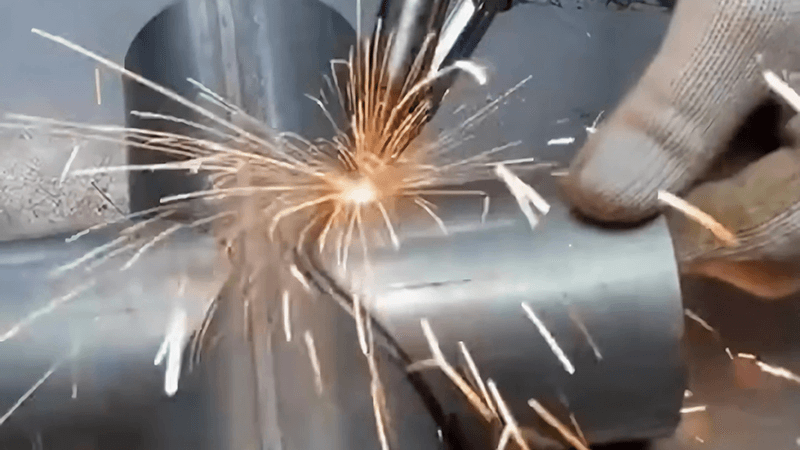
Can laser welding be done by hand?
I used to think “laser” meant robotic or automated—but that’s not true anymore. Handheld laser welders are real, and they’re changing how we work.
Yes, laser welding can be done by hand using a handheld fiber laser welder. These machines are designed for manual use, offering precision, speed, and ease of control even for beginners.
Why handheld fiber laser welders matter
At Kirin Laser, our bestselling handheld fiber laser welders4 combine portability with power. They’re built for real-world flexibility, especially in field repair or job shop environments.
Key features of our handheld models:
| Feature | Benefit |
|---|---|
| Ergonomic laser gun | Comfortable for extended use |
| Real-time temperature control | Prevents burn-through or warping |
| Adjustable beam width | Perfect for different joint types |
| Plug-and-play interface | Setup in under 10 minutes |
I remember one U.S. client telling me this: “We trained a new hire on our 1500W handheld5 in half a day. He welded better than our TIG guys in a week.” That’s not marketing hype—it’s just easier when the machine does the hard part.
Common use cases
- On-site fabrication
- Stainless steel kitchen equipment
- Aluminum auto parts
- Sign making and frame structures
Manual laser welding gives shops agility without losing precision. That’s a game-changer.
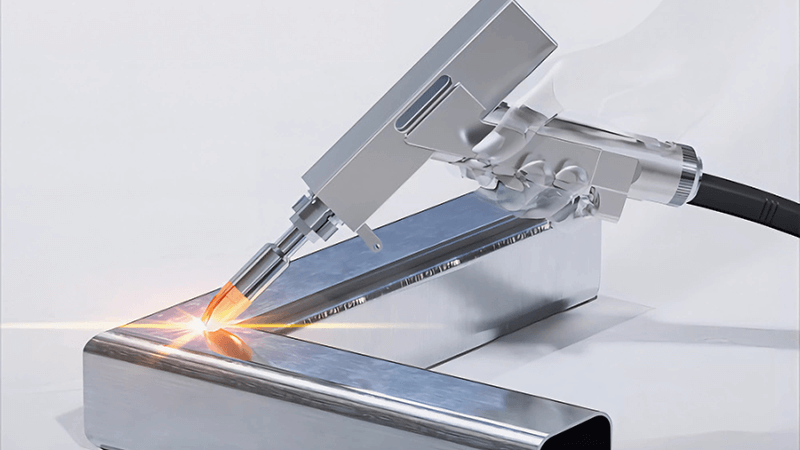
How much power is required for laser welding?
Power matters—but not how most people think. Many believe “more power = better weld,” but that’s only true if you match it to your material and job type.
Laser welding power requirements depend on material thickness and welding speed. For most jobs, 1500W–2000W is sufficient. Thicker or highly reflective materials may need 3000W.
How to choose the right wattage
Let’s break down what wattage works best by application:
| Power Level | Ideal For | Typical Use Cases |
|---|---|---|
| 1200W | Thin stainless steel, aluminum up to 1mm | Signs, light metal frames |
| 1500W | Most shop jobs, up to 3mm thick | Industrial repair, auto parts |
| 2000W | Structural work, thick welds up to 5mm | Machine frames, heavy enclosures |
| 3000W | High-speed welding or >5mm steel | Shipbuilding, large pipe welding |
If you’re unsure, start with 1500W6. It’s the sweet spot: enough for strong penetration but still energy-efficient. That’s what I run in my own shop—it handles 90% of our welding needs.
Another tip: power isn’t everything. Beam quality, focusing optics, and cooling systems all matter. Kirin Laser7 machines are tuned for full system efficiency, not just raw wattage.
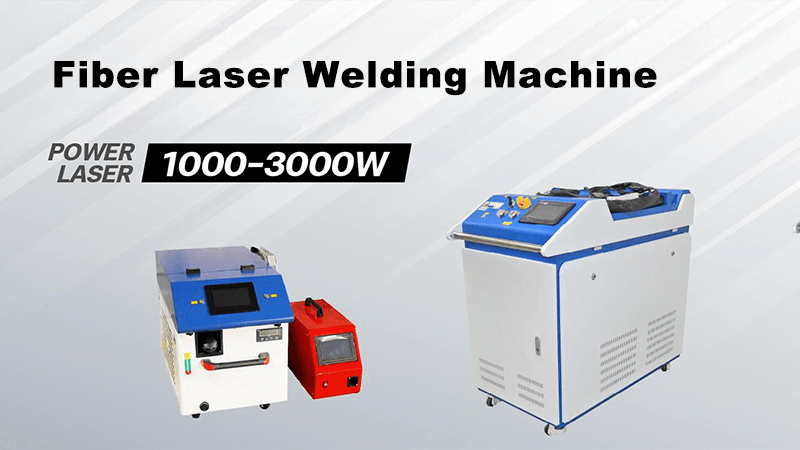
What is the price of a laser welding machine?
This is the most common question we get. And it makes sense. Budget drives a lot of decisions—especially for procurement managers juggling margin and quality.
Kirin Laser’s handheld fiber laser welding machines range from $1860 to $6200, depending on power and customization. 1500W is the most popular, priced between $2285 and $2935.
Price breakdown by model
| Power | Price Range (USD) | Welding Capability8 |
|---|---|---|
| 1200W | $1860 – $2745 | 3mm stainless steel, 3mm carbon steel, 3mm aluminum |
| 1500W | $2285 – $2935 | 5mm stainless steel, 4mm carbon steel, 4mm aluminum |
| 2000W | $2715 – $4720 | 6mm stainless steel, 5mm carbon steel, 5mm aluminum |
| 3000W | $4145 – $6200 | 10mm stainless steel, 10mm carbon steel, 7mm aluminum |
Our pricing is transparent. No hidden fees, no inflated markups. As an OEM, we support both direct buyers and distributors. We offer:
- FOB China and DDP U.S. delivery
- Private-label rebranding
- Local technical training and manuals
- Spare parts packages
One distributor shared this: “Kirin gave us not just machines, but a complete system—including training, spare nozzles, and after-sales support. We could sell under our own brand with confidence.”
When comparing prices, factor in:
- Duty/tariffs
- Warranty (we offer 12–24 months standard)
- Technical support (we offer remote and on-site)
- Lead time (our average is 7–12 days)
We’re not always the cheapest—but we’re the most cost-effective9. The ROI on a fiber laser welder is fast when jobs turn around quicker, cleaner, and with less rework.
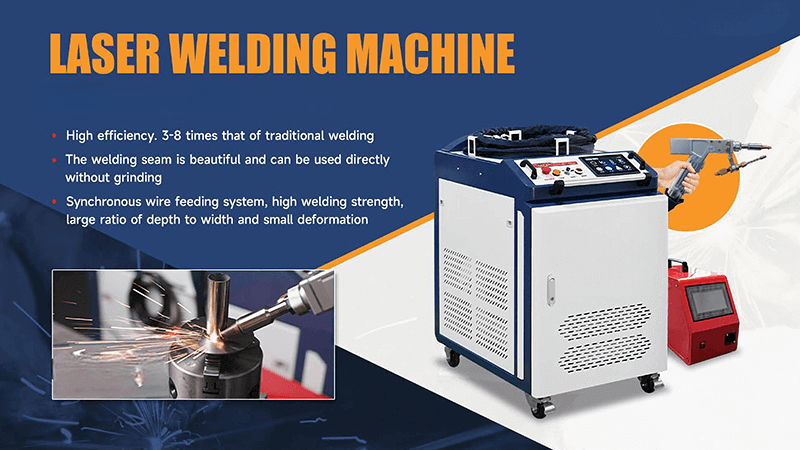
Conclusion
Buying a fiber laser welding machine10 doesn’t have to be complicated. You need speed, reliability, and real support—not marketing hype. Kirin Laser builds machines that work in real shops for real jobs. From handheld welders to fully integrated systems, we’ve helped partners around the world weld faster, cleaner, and better. Whether you're replacing TIG or scaling your business, our machines are built to keep you moving.
-
Learn about high-energy laser welding technology to discover its applications and benefits in modern manufacturing. ↩
-
Discover how a 1500W handheld laser can significantly reduce post-weld polishing and increase job turnaround, transforming your welding process. ↩
-
Explore the advantages of fiber laser welding to understand how it can enhance efficiency and precision in your projects. ↩
-
Explore this link to understand how handheld fiber laser welders can enhance your welding efficiency and flexibility. ↩
-
Discover why the 1500W handheld model is a top choice for efficiency and ease, making it ideal for both beginners and experienced welders. ↩
-
Explore this link to understand why 1500W is considered the sweet spot for most welding applications. ↩
-
Discover how Kirin Laser machines optimize performance beyond just wattage for superior welding results. ↩
-
Understanding welding capabilities helps you choose the right machine for your needs, ensuring optimal performance. ↩
-
Exploring cost-effectiveness can reveal how investing in a fiber laser welder can lead to significant savings and efficiency. ↩
-
Find the best laser welding machine and laser welding solutions from Kirin Laser, clicking this link to ger your best solutions. ↩


